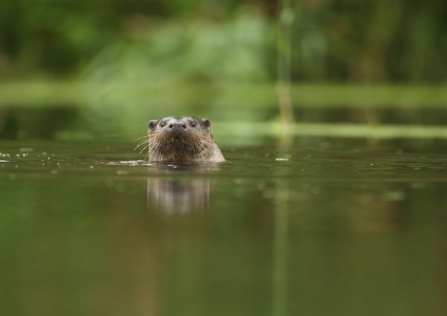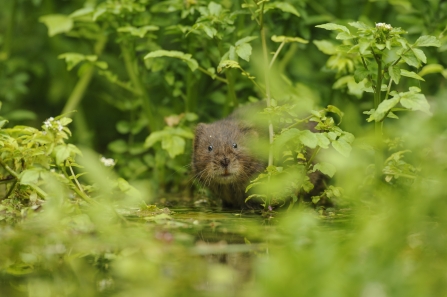Background:
The River Erewash and the surrounding floodplains, wetlands, and marshes form a rich tapestry for wildlife that is of value to not only Derbyshire, but also Nottinghamshire. For a large proportion of its length the river forms the boundary between the two counties, with important wildlife sites in both, whether that be Erewash Meadows in Derbyshire, or Nottinghamshire’s Attenborough Nature Reserve.
The River Erewash catchment is relatively small and mostly urban. Arising in Kirkby-in-Ashfield it flows southward, snaking along farmland, and through a series of towns including Ilkeston, Stapleford and Long Eaton. It is culverted though many of the towns and hidden from view – both detrimental for wildlife and a loss to local residents. It eventually flows into the Attenborough Nature Reserve, a series of lakes and wetland and a Site of Special Scientific Interest - a great spot to see many wading bird species. These lakes then feed into the grandeur of the River Trent and onto the Humber Estuary.
The name “Erewash” is thought to derive from the Old English term meaning a “wandering, marshy river”, a reference to its rich floodplains and meandering, “flashy” nature. Mining activities, agricultural intensification and urbanisation over a number of decades have since altered the nature and behaviour of the river. Various urban and industrial developments in the catchment have meant that many wildlife-rich areas are often isolated, others are in ecological decline due to a lack of management. Large stretches of unmodified and naturalised river do remain intact, and surrounding areas of wetland and floodplain have been preserved due to the difficulty in draining the floodplain for farming. A number of tributaries feed into the main river Erewash including Nethergreen Brook, Bailey Brook, Nut Brook and Gilt Brook – these act as important pathways for wildlife into the wider landscape.


